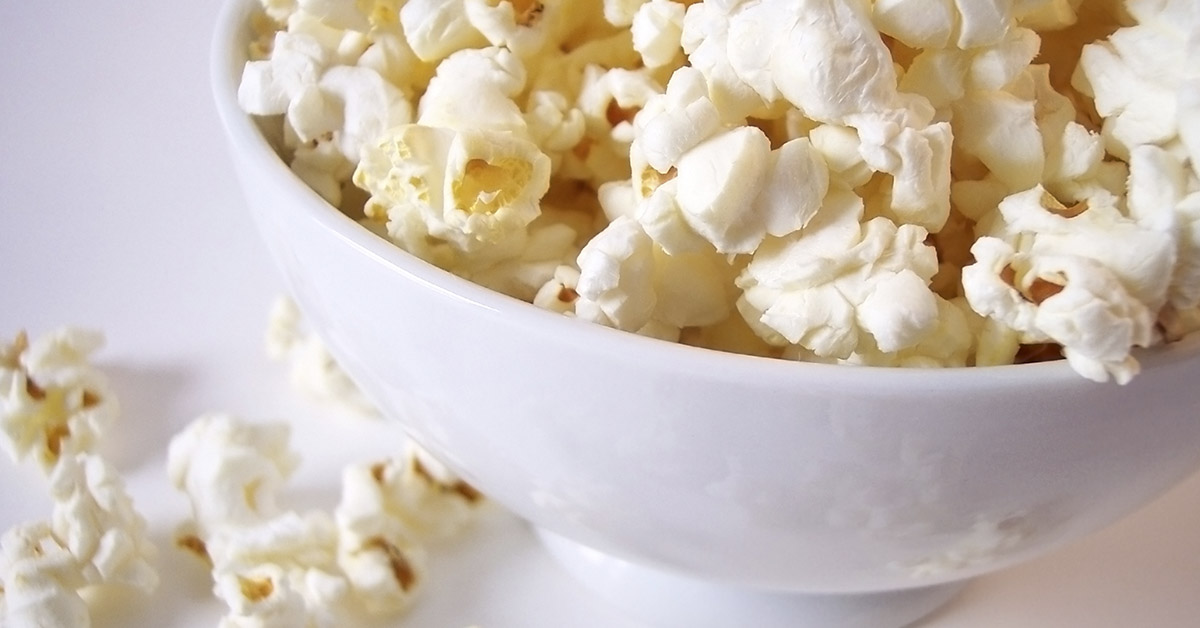Popcorn is the quintessential movie night snack. There’s something about crunching on buttery and salty puffs of corn that makes a film-viewing experience all the more enjoyable, especially when you’re watching with a group. The Goddard family certainly thought so when they prepared snacks for movie night in Parker, CO.
Halfway through Mrs. Doubtfire, their two-year-old, Nash, began choking. His father prepared to give him the Heimlich when Nash inhaled and began breathing normally again. The child insisted he was okay, and his parents assumed he had managed to swallow the choking piece.
The family resumed their movie, believing the scene would be nothing more than a simple scare. However, a few hours later, Nash began coughing. His mother, Nicole, assumed it was a symptom of a virus that had recently swept through the family. She tucked Nash into bed as usual, unaware of the trauma coming the next day.
The next day, the father, Jake, left for a three-day business trip. That evening, Nash developed a fever that spiked to 104 degrees. Nicole gave him Motrin before putting him to bed.
“I was watching his stomach, and he was breathing really hard -— like labored breathing — and I’m like, ‘That’s it, I’m taking him in,'” the mother said.
Nicole rushed her son to the emergency room. The doctors assessed him and found pieces of popcorn trapped in his lungs. The popcorn was creating so much inflammation pneumonia began to develop in his left lung. They sent him directly to surgery, where they extracted six pieces of popcorn. Fortunately, Jake was able to cancel his trip and come to support his son.
There was so much inflammation the doctor scheduled another surgery three days later. That day, he got the final piece of popcorn out. [1]
The Goddard parents, like so many others, were unaware that children under the age of 5 generally don’t have the strength to cough up bits of food like popcorn [1], making choking and aspiration risk higher. Nicole took it upon herself to warn other parents of this fact on social media. Her story went viral. [2]
“I knew about grapes and hot dogs — we hear about those all the time,” Goddard said. “But I don’t think popcorn has been reiterated.”
Read: Dad’s warning after girl, 14, dies from inhaling deodorant
What is Aspiration and Aspiration Pneumonia?
Aspiration is a loose term for any particle that enters the lungs that cannot be cleared naturally. These particles could be bits of food, fluids, vomit, or mucus. Aspiration Pneumonia occurs when an infection develops from inhaled particles. Children and adults with impeded swallowing abilities are susceptible to this issue. Certain medical conditions also make a child vulnerable, like premature birth, gastroesophageal reflux disease, anatomic defects, chronic heart disease, and congenital syndromes. Dental, gastrointestinal, and respiratory procedures may also cause a risk of aspirating. [3]
It’s common for people to aspirate at some point or another when they talk or laugh while they eat, or when “it went down the wrong pipe.” This is not dangerous unless coughing cannot dislodge the particle, in which case it can lead to pneumonia.
After the choking incident, the symptoms begin with a cough, as seen with Nash. This can be followed by fevers, trouble breathing, and chest pain. [4]
Choking hazards for children under the age of four go beyond hot dogs and grapes. The list also includes the following:
- Nuts and seeds
- Chunks of meat or cheese
- Hard or sticky candy
- Chunks of peanut butter
- Chunks of raw vegetables
- Chewing gum
- Popcorn [5]
Treatment for Aspiration Pneumonia
This condition is diagnosed through a chest x-ray, which should reveal lung lesions. Antibiotics are the main treatment for this condition to help the body fight the infection caused by the particles. More severe cases may result in surgery to manually clear the lungs. There may also be surgery to place a feeding tube in the throat to prevent chronic aspiration.
Other treatments may include supplemental oxygen or steroids.
Pneumonia generally takes a few weeks to recover. Some severe cases may cause chronic lung issues and/or lung scarring. [6]
If coughing ensues after a choking incident, it may be imperative to get it checked. Quick diagnosis can make a big difference to the success of the treatment and the patient’s recovery.
Thanks to Nicole’s quick intervention, Nash has since recovered and is back home to the delight of his parents and two older sisters, Ashlee, 9, and Regan, 7.
“I want to thank all who stepped in to help, whether it was taking our girls for a night, or letting our dog out,” said Nicole in her viral post. “The constant phone calls and texts to check on us meant a lot. We have a lot of special people in our life.” [2]
The post has been shared over 186 thousand times since it was created in 2019.
For more information on how to properly respond to a choking emergency in children, click here.
Keep Reading: Heart Attacks on Dramatic Rise for 25-44 Age Group
Sources
- Nicole Johnson Goddard. Facebook. February 24, 2019.
- Ashley Michels. Metro-area boy gets pneumonia after inhaling popcorn; mom shares warning for parents. FOX31. March 5, 2019
- Dysphagia and Aspiration. Children’s Hospital Colorado. n/d
- Sanjay Sethi. Aspiration Pneumonitis and Pneumonia. Merck Manuals. Revised September 2022
- AAP. Choking Prevention. HealthyChildren.org. Updated September 30, 2019.
- Adam Husney, MD. What is aspiration pneumonia? MyHealthAlberta.ca. Updated March 9, 2022.

